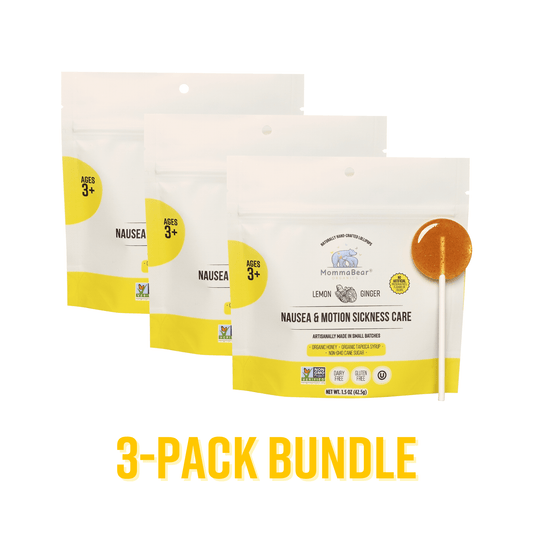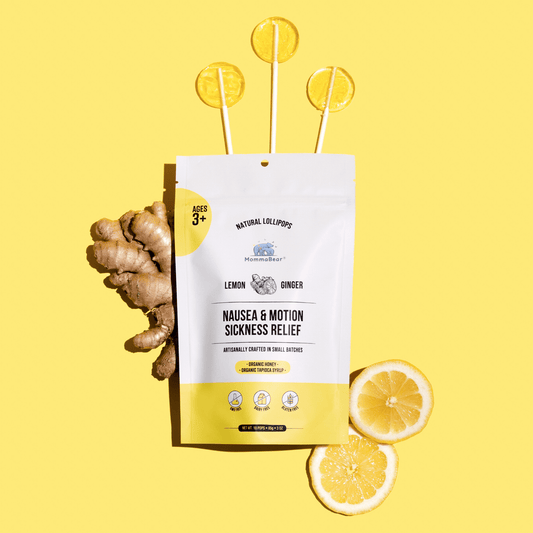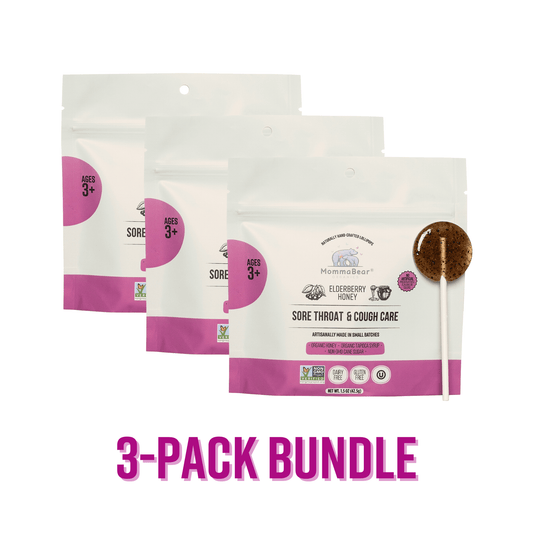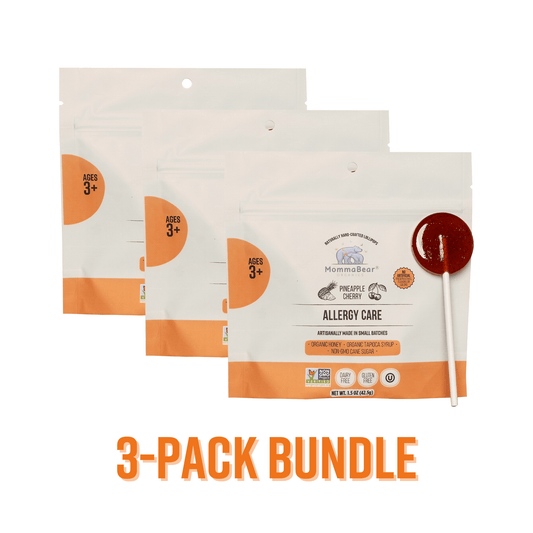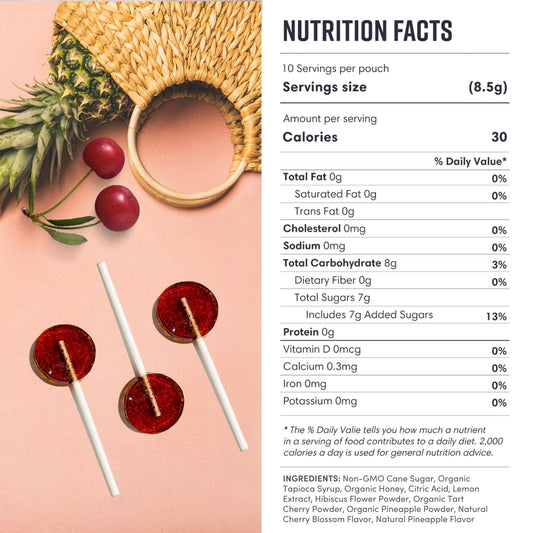It all kind of started for me in the health food aisle, of all places. I was looking for some cough medicine for my little one and this one box just jumped out at me. It was packaged to look exactly like candy, which, you know, is its own issue. But I flipped it over and took a picture of the ingredients, something I’ve gotten into the habit of doing. I just like to know what's in the stuff I buy.
Back home, I started looking into a couple of them that sounded weird: FD&C Red and FD&C Blue. Turns out they’re just... artificial colors. Super common ones. They put this stuff, Brilliant Blue they call it, in literally everything from makeup to food.
And then I fell down a bit of a rabbit hole. I found this public health advisory from the FDA, all the way back in 2003, warning doctors that this dye might have some really nasty side effects. They were talking about links to allergies, asthma, maybe even ADHD. And it just hit me—why is this stuff, something with an official warning, so common in the things we eat? Especially in products for kids?
That moment really changed how I shop. It just made me stop and think a little more before I put something in my cart. It’s a huge part of why I started MommaBear Organics, really. We’re so, so careful about where our ingredients come from because of things like this. It’s personal for us.
At home, you don’t have to change everything overnight. It’s more about the small choices we make at the grocery store. It can feel like a lot, so I made a list of the big ones I try to keep an eye out for.
Here are the Top Ten Toxic Food Ingredients to avoid in your pantry:
Palm Oil
Okay, so this whole trans fat thing can be confusing. Basically, they take a regular oil, like palm oil, and blast it with hydrogen to make it solid. The reason? So the food can sit on a shelf for months, or even years, without going bad. It’s all about shelf life. But what I’ve learned is that this stuff is just rough on our bodies. It’s the kind of fat that raises your "bad" cholesterol and lowers your "good" cholesterol. I just do my best to steer clear of it, and yeah, that means saying no to a lot of fried foods, since that’s often what they’re fried in.
Shortening
This is in the same family as the stuff above. If you see “shortening” or “partially hydrogenated oil” on a label, it’s just another one of those trans fats. I mean, besides the artery-clogging stuff, I’ve read it’s linked to metabolic syndrome, which can really throw your body out of whack. I try to stick with healthier fats whenever I can, you know, the good stuff like olive oil or canola oil.
White Flour, Rice, Pasta, and Bread
I used to think all grains were pretty much the same, but they’re really not. When they "refine" a whole grain, they basically strip out all the good parts—the fiber, the vitamins, everything—just to make it last longer. Because there’s no fiber, your body digests it way too fast. It sends your blood sugar on a rollercoaster, which can lead to all sorts of problems down the line. I try to swap these out for whole grains whenever I can, like brown rice or whole-wheat bread. You really do feel a difference.
High Fructose Corn Syrup
Ugh, this one. If there's one ingredient that's become the poster child for unhealthy, it's this. It seems like over the last few decades, we started eating less regular sugar but way, way more of this stuff. I read that Americans get more calories from HFCS than from any other source, which is just wild when you think about it. It’s in so many things you wouldn’t even expect. It messes with your hormones that control hunger, so it can actually make you overeat. It's one of my personal hard-and-fast rules—if I see it on the label, I just put the item back on the shelf.
Artificial Sweeteners
These seem like a good idea on the surface, right? All the sweetness with none of the calories. But I’m not so sure anymore. I’ve read a few studies that suggest these sweeteners can kind of trick your brain. Your brain stops associating "sweet" with calories, which can make you crave even more sugary things. It's like it messes up your body's natural signals. For me, it's just better to avoid them altogether and stick with the real thing in moderation.
Sodium Benzoate and Potassium Benzoate
This one kind of freaked me out when I first learned about it. They add these preservatives to soda to keep mold from growing. But the scary part is, when they get exposed to heat or mix with Vitamin C (which is also in a lot of sodas), they can create benzene. And benzene is a known carcinogen. It just doesn't seem worth the risk, you know?
Butylated Hydroxyanisole (BHA)
Here’s another one that’s a preservative. Its job is to stop food from spoiling, but I’ve read it’s a major endocrine disruptor, which means it can seriously mess with your hormones. The FDA says it's okay, but it’s still a chemical I’d rather not have in my food, or in my kid's food. It’s in hundreds of products, sometimes hidden in the packaging. It’s another reason why I just try to lean toward less processed foods in general.
Sodium Nitrates and Sodium Nitrites
Nope, that’s not a typo, they’re two different things. You find these in processed meats—think bacon, hot dogs, and deli meats. They're what give those meats their pinkish color and long shelf life. But they're also some of the worst offenders when it comes to health, with links to colon cancer. It’s a tough one if you love a good hot dog, but I always try to buy fresh, organic meats instead. It just feels safer.
Blue, Green, Red, and Yellow
And we’re back to where it all started for me—the artificial colors. Things like Blue 1 and 2, Red 3, Yellow 6... I've read some pretty scary stuff linking them to different kinds of cancers. It just feels so unnecessary. Food doesn’t need to be neon-colored to taste good. I always look for foods with the fewest chemicals, especially for my kids. If there’s a color-free version of a medicine or a snack, I’ll always grab that one.
MSG
Monosodium glutamate. This one is known as a “flavor enhancer.” And yeah, there are natural glutamates in things like cheese, but the stuff the food industry uses is different. It’s been processed and separated. Honestly, the science seems a little divided on how bad it is, but some studies show it can mess with your brain chemistry. My take is, why do we need a chemical to make our food taste good? I’d rather just use real herbs and spices. It's simpler and tastes better anyway.
I know, looking back at this list, it can feel like everything is bad for you. It can be super overwhelming, and believe me, I get it. I don’t think the goal is to be perfect or to cut out everything all at once. For me, it’s just about being a little more aware, one shopping trip at a time. Some weeks are better than others. It's a journey, right? And just knowing what to look for feels like a pretty good first step.
*https://betterhealthmarket.com/043011_top-ten-toxic-ingredients-in-processed-food_01.html


